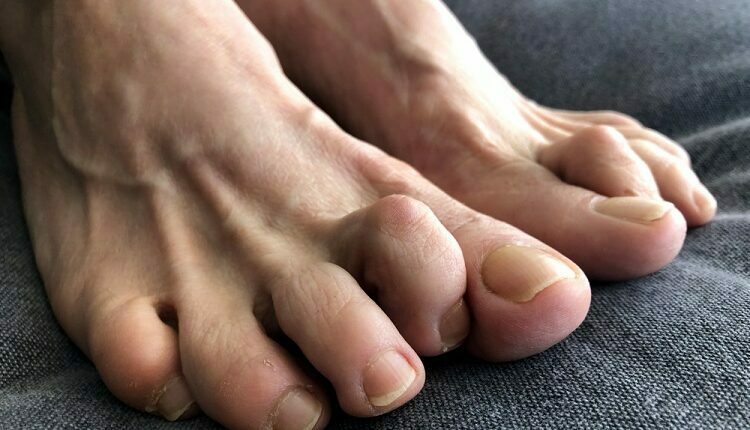Hammertoes And All They Entail
Your foot is one of the most highly complex skeletal structures of your body. It is made up of a meshwork of tiny bones and cartilages that enable it to support your entire body’s weight. This makes the foot and its delicate toes prone to diseases and infections. An example of such a condition is a Bakersfield hammertoe. More about hammertoe, its effects, and possible treatment plans are discussed below.
Table of Contents
What are Hammertoes?
Hammertoes are joint changes and symptoms that affect one or more of your toes. A hammertoe is a toe joint that points upwards rather than lying flat. This condition happens because your leg or foot muscles get weak, and the tendons that pull your toe do it abnormally. A callus or corn may be found on your deformed toe, causing pain and discomfort. The affected toe may eventually become immobile.
Hammertoes are frequently confused with claw toes and mallet toes. The differences between them are as follows:
- Mallet toes – the bend is in the third joint of your toe
- Hammertoes – the curve is in the middle toe joint
- Claw toes – the hook is in the first and second toe joints
There are various types of hammertoes, including:
- Rigid hammertoes that can not move anymore since the soft tissues and tendons have tightened
- Semi-rigid hammertoes are those beginning to stiffen
- Flexible hammertoes are those still developing so the concerned toes can still move at the joint
Hammertoes are more likely to occur in people who wear high heels and unsupportive shoes. Movement around the joint may cause pain that is also felt at the ball of your foot. The calluses and corns are also pretty uncomfortable.
Causes
Muscle imbalance in your toe may raise the pressure on the joints and tendon that cause hammertoe. Causes of the imbalance include:
- Poor shoes that are ill-fitting, too narrow, like high heels, have minimal arch support. The pressure on the toe joints; thus, hammertoes are more common in women than men.
- Genes determine the kind of foot you are born with. Flexible flat feet may cause hammertoes as your foot attempts to stabilize against a flattening arch. Feet with high arches may lead to hammertoes as the extensor tendons overpower the flexors.
- Neuromuscular diseases like diabetes
- Trauma to your toe
Common signs and symptoms include:
- Pain on top of the bent toe
- Toe joint gets rigid
- Calluses and corns on the top of your joint
- Restricted motion of the toe joint that is painful
- Inflammation, redness, or a burning sensation
Diagnosis and Treatment
Diagnosis may be quick as hammertoes are easily identifiable. A podiatrist may be needed to confirm the diagnosis.
Treatment of hammertoes involves:
- Custom shoe inserts to control how your foot works
- Taping your toes to change muscle imbalance
- Taking medications for pain relief
- Applying insulating padding around the hammertoe to reduce pressure
- Severe pain that affects your daily activities might warrant corrective surgery to remove the bony prominence on the toe
Conditions of your foot or toes may need to be dealt with as they may be quite discomforting. This may be problematic as you need your foot to move around. Check us out online for any hammertoe inquiries, or call our Bakersfield, CA offices.

